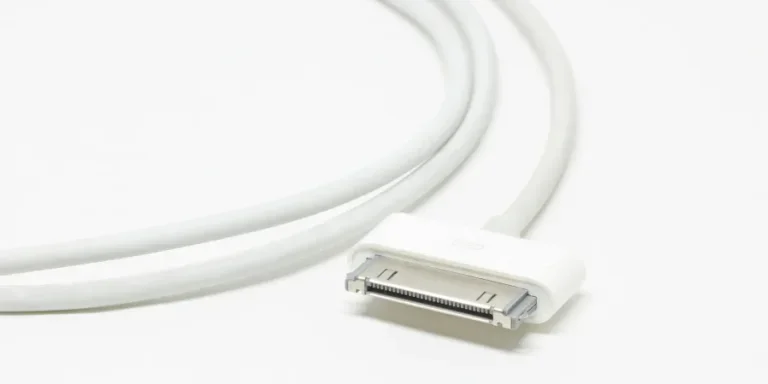In an era where technology evolves at an unprecedented pace, staying connected is more vital than ever. The USB C charger has emerged as a cornerstone in the realm of device connectivity and power management. This article delves into the intricacies of USB C chargers, shedding light on the features that matter most to users. From compatibility concerns to charging speed, durability, versatility, and safety features, we explore the elements that make USB C chargers an indispensable tool in today’s digital age.
Table of Contents:
– Understanding USB C compatibility
– The importance of charging speed
– Durability and construction
– Versatility across devices
– Safety features to consider
Understanding USB C compatibility
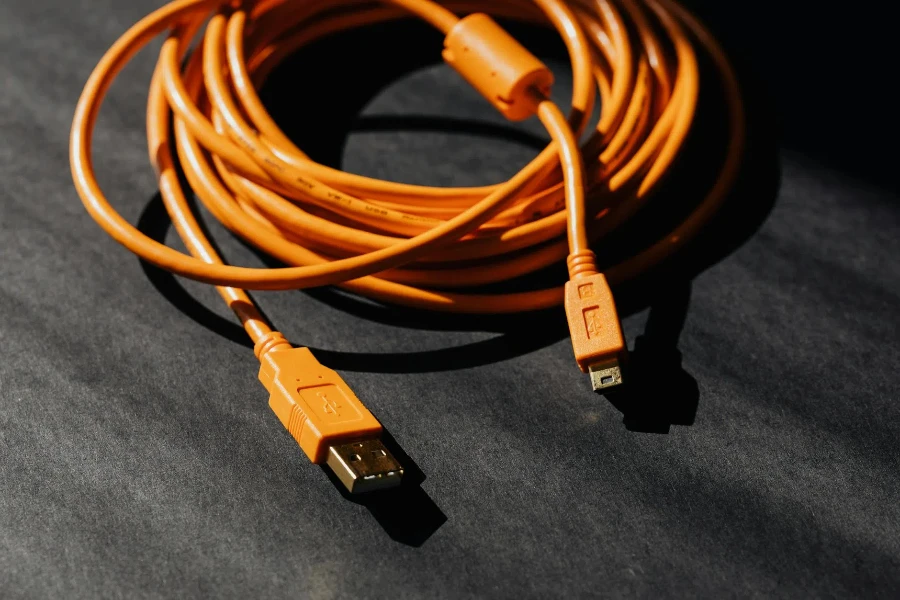
Compatibility is the linchpin in the utility of USB C chargers. Initially, the introduction of USB C marked a significant shift towards a more universal charging and data transfer standard. Unlike its predecessors, USB C boasts a reversible, flippable design, eliminating the guesswork and frustration of plugging in cables. This section highlights the broad compatibility of USB C chargers with a myriad of devices, including smartphones, tablets, laptops, and even certain models of vehicles, showcasing its role in streamlining connectivity in a multi-device world.
Furthermore, the evolution of USB C technology has seen the standardization of charging protocols, ensuring that devices from various manufacturers can share chargers without risking damage. This interoperability extends to accessories such as headphones and external storage devices, further cementing USB C’s position as the future of electrical connectivity.
Lastly, the transition to USB C has not been without challenges. The market is awash with cables and chargers of varying quality and specification, making it crucial for users to understand the importance of selecting certified products. This section aims to guide readers through the maze of compatibility and certification, ensuring they can make informed decisions when purchasing USB C chargers.
The importance of charging speed
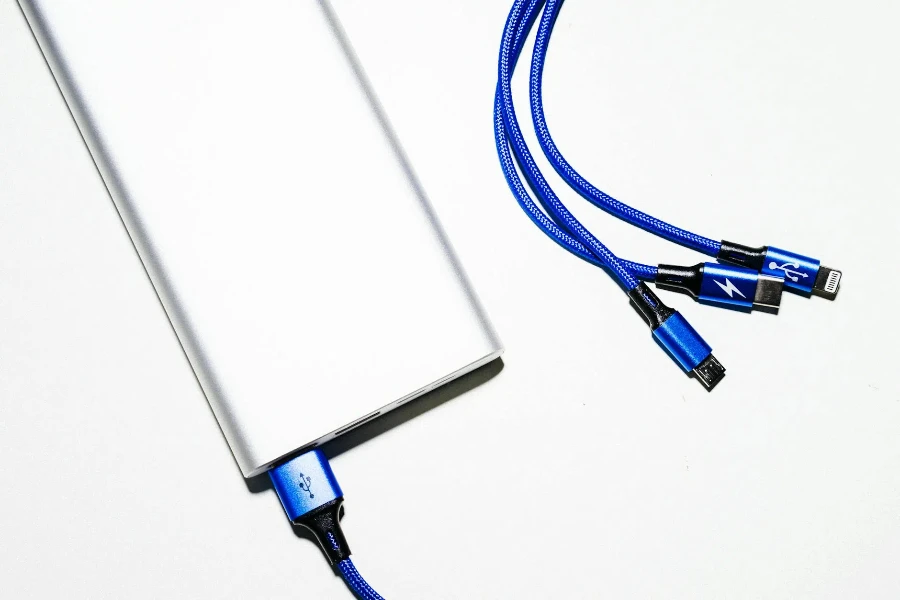
In today’s fast-paced world, time is of the essence, and charging speed has become a critical factor for users when selecting a charger. USB C chargers are at the forefront of fast charging technology, offering unprecedented charging speeds that significantly reduce downtime for devices. This section delves into the technical advancements that enable USB C chargers to deliver rapid charging capabilities, discussing the underlying technology without delving into overly technical jargon.
Moreover, the concept of Power Delivery (PD) is introduced, explaining how this protocol allows for higher power levels to be transferred over a USB C connection, thereby speeding up the charging process for compatible devices. The narrative will explore how PD adapts to the needs of each device, providing the optimal amount of power for efficient charging without compromising battery health.
Additionally, the impact of charging speed on daily life is examined, highlighting scenarios where fast charging can be a game-changer. From busy professionals to avid travelers, the benefits of reduced charging times are made clear, emphasizing the importance of choosing a charger that can keep pace with the demands of modern life.
Durability and construction
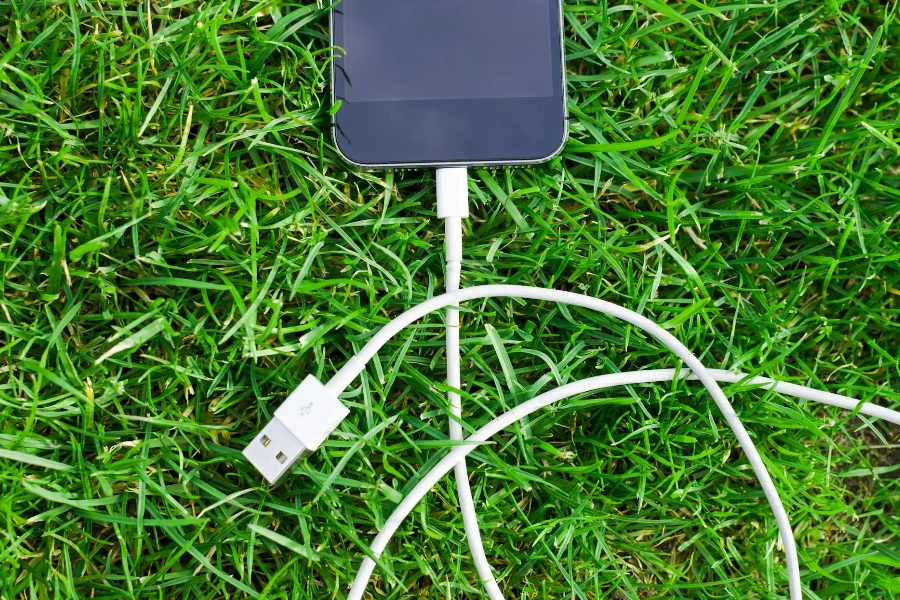
Durability is a paramount concern for users who rely on their USB C chargers to withstand the rigors of daily use. This section addresses the construction quality of USB C cables and chargers, emphasizing the importance of robust materials and thoughtful design in ensuring longevity. The discussion includes an overview of common wear and tear issues, such as cable fraying and connector damage, and offers practical advice on selecting chargers that are built to last.
Furthermore, the environmental impact of charger durability is considered, highlighting how long-lasting chargers contribute to waste reduction. By choosing durable products, users not only ensure reliable performance but also support sustainability efforts.
Lastly, the narrative touches on the role of warranty and customer support in the durability equation, advising readers to consider these factors as part of their purchasing decision. This section aims to empower users with the knowledge to identify high-quality, durable USB C chargers that offer both performance and peace of mind.
Versatility across devices
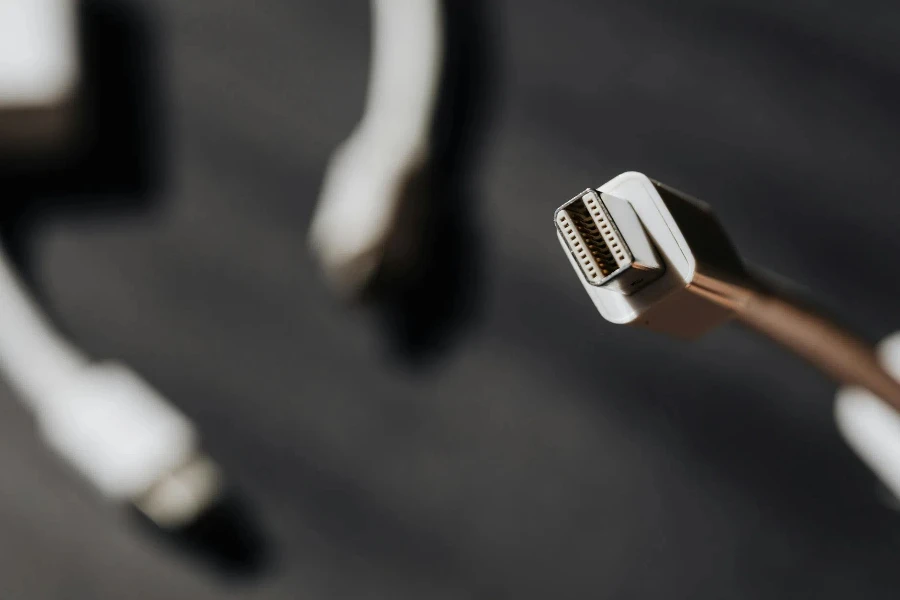
The versatility of USB C chargers is a testament to their widespread adoption across a diverse range of devices. This section explores the universal appeal of USB C technology, illustrating how a single charger can meet the power needs of virtually any device, from smartphones to laptops and beyond. The discussion emphasizes the convenience and cost-effectiveness of this one-cable solution, particularly for households and individuals who own multiple devices.
Additionally, the potential of USB C to streamline workspaces and reduce clutter is examined. By eliminating the need for multiple chargers and cables, USB C offers a cleaner, more organized charging setup, enhancing productivity and reducing stress.
The narrative also considers the future potential of USB C technology, speculating on its role in advancing the Internet of Things (IoT) and other emerging tech trends. As devices become increasingly interconnected, the simplicity and efficiency of USB C charging are poised to play a crucial role in supporting this evolution.
Safety features to consider

Safety is a critical aspect of any electrical device, and USB C chargers are no exception. This section outlines the key safety features that users should look for when selecting a charger, including overvoltage protection, short-circuit protection, and temperature control. By understanding these features, readers can make informed choices that ensure their devices are charged safely and efficiently.
Moreover, the importance of choosing certified chargers is emphasized, discussing how certifications such as USB-IF (USB Implementers Forum) serve as a benchmark for safety and reliability. The narrative educates readers on the risks associated with uncertified chargers, including potential damage to devices and safety hazards.
Lastly, practical tips for safe charging practices are shared, offering readers actionable advice on how to maximize the safety and lifespan of their devices. From avoiding counterfeit products to proper cable management, this section aims to foster a culture of safety and responsibility among users.
Conclusion:
The USB C charger represents a significant advancement in charging technology, offering compatibility, speed, durability, versatility, and safety. By understanding these key aspects, users can make informed decisions that enhance their tech experience while ensuring safety and efficiency. As technology continues to evolve, the role of USB C chargers in keeping us connected and powered up is more important than ever, underscoring the need for careful consideration in selecting the right charger for our devices.
